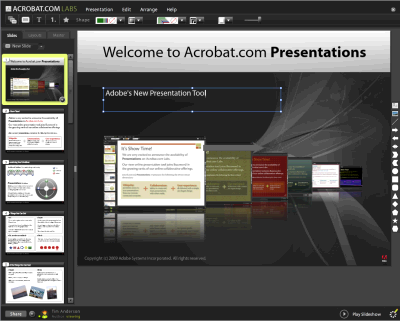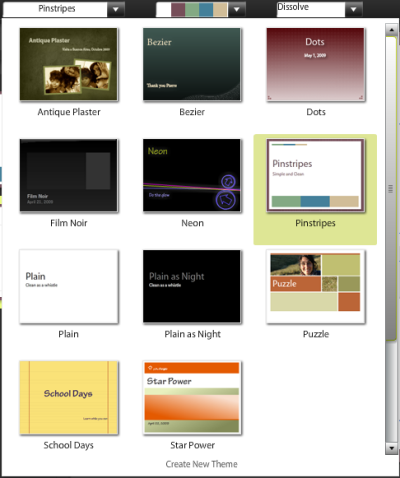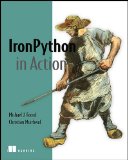The Who’s Quadrophenia is currently on tour in the UK – but it is not performed by The Who. No, this is the Quadrophenia Rock Show, Music Lyrics & Concept by Pete Townshed – stage adaption by Jeff Young, John O’Hara and Tom Critchley.
Quadrophenia is among my favourite albums – not for the daft story, but because the music and lyrics speak to me of the frustration and glory of being human, or something. But do I want to see it performed by musicians other than The Who? At one time I’d have said, no way. Why settle for an imitation when you can have the real thing?
The trouble is, you can’t any more. Keith Moon died in 1978; John Entwistle in 2002. Roger Daltrey and Pete Townshend still tour and no doubt put on a good show from time to time – I saw The Who in January 2002, at which time Entwistle was still around, and enjoyed it tremendously. Still, at best with these aging bands there is always an element of “it’s amazing how good they are considering”, and at worst it can be embarrassing. I saw Jethro Tull in Derby in 2007, and while the musicianship was generally impressive, my memory is dominated by the failings of Ian Anderson’s voice, which spoilt most of the songs through no fault of his.
It is also rather strange to see bands whose music is laden with the sexual tension of youth performing the same songs at a later stage of life. What is “Hope I die before I get old” meant to mean, sung by a 65-year old Daltrey?
The bottom line is that I have mixed feelings about seeing performances like these. I still go to see Bob Dylan, who is even older, but that’s partly because I see it as a pilgrimage to see one of the greats, and partly because Dylan is more able to be his age, thanks to the songs he writes and continues to write, and the fact the he’s been fixin’ to die since his very first album in 1962.
So when I saw that the Quadrophenia show is on locally, I thought twice about it. Is it possible that tribute show of younger performers could put more energy into it than the current Who? Well, yes, it is possible. And once old rockers like The Who and The Rolling Stones hang up their touring boots for the last time, it will be this or nothing.
I’m also encouraged by knowing that Pete Townshend is involved to some degree in the show. He talks about it – or actually writes, since it’s an email interview, in an illuminating piece in The Times. He includes a comment pertinent to this post:
Have you ever been to see a rock musical based on a back-catalogue?
I live inside one. Musicals based on back-catalogues are becoming a saturated market. How can rock musicals avoid being watered-down exercises in asset-stripping?
Let me ask another question. When all those nostalgic for the music of their youth have moved on, will today’s revered rock classics ever be performed live? In most cases, I’m guessing the answer is no. In a few cases though, maybe an evening out to hear a performance of Blonde on Blonde or The Dark Side of the Moon or Quadrophenia will be accepted in the same way as we treat other music from composers long gone, who knows?
I’m booking to see Quadrophenia.


